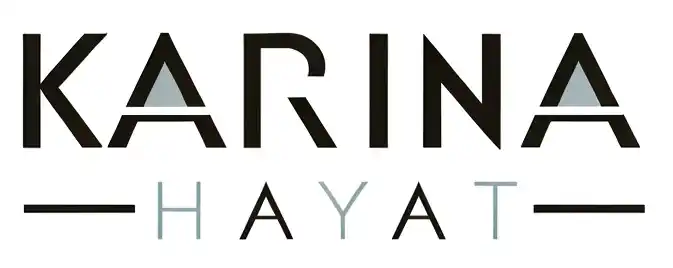10 Proven Strategies by Karina Hayat for Job Description Writing That Attract the Best Talent

Far too often, organizations squander valuable opportunities to attract top talent by relying on outdated and ineffective recruitment strategies. Hiring practices, particularly job descriptions, often fall into a pattern of redundancy and oversight. This not only inflates costs but also limits the potential for hiring dynamic individuals who can drive growth and innovation.
An effective job description is more than just a list of duties — it’s a snapshot of your company, culture, and the opportunity at hand. A well-written job description has the power to draw in the best candidates, whether you’re recruiting for a highly technical position or a creative role. Here are 10 strategies to master job description writing that truly stand out in today’s competitive hiring market.
1. Job Description Writing Should Start with a Powerful Hook
The first few lines of your job description can make all the difference. These lines will determine if a candidate keeps reading. Start with a compelling hook that highlights what makes the job exciting, challenging, or meaningful. Think about what makes your company unique — whether it’s your innovative projects, company culture, or impact on the industry — and make sure that shines through immediately.
2. Clarity Is Key in Job Description Writing
Clarity is key. Candidates want to know exactly what they’ll be doing. Avoid generic phrases and be specific about the responsibilities. For example, instead of saying “handle customer inquiries,” try something more specific, like “manage inbound customer queries via email and chat, ensuring timely resolutions.” Effective job description writing ensures candidates can visualize their role and the value they’ll bring to the team.
3. Prioritize Skills Over Formal Qualifications
In today’s diverse workforce, an emphasis on degrees and years of experience might exclude strong candidates who bring valuable skills and life experiences. Focus on the key competencies and technical skills needed for the role rather than rigid academic or experience requirements. This allows you to attract a broader pool of applicants, including those who may not have traditional credentials but possess the skills to excel in the role.
4. Craft Roles Strategically
Each role exists within a broader organizational ecosystem. Consider how the role fits into current teams and long-term goals. When possible, consult with your existing employees to understand how responsibilities have shifted and whether gaps can be filled internally.
For instance, a survey of your team can reveal misalignments between job descriptions and real-world tasks, uncover opportunities for internal advancement, and clarify whether an external hire is truly necessary. This insight can ensure resources are allocated effectively and roles are designed to foster both organizational and individual growth.
5. Make the Perks Clear
Salary isn’t the only motivator for candidates today. Perks such as flexible work arrangements, health benefits, professional development opportunities, or wellness programs can set your company apart. Be transparent about the benefits you offer, and make sure they’re woven into the job description in a natural way. Candidates want to know how your company supports their overall well-being and career growth.
6. Engage in Proactive Recruitment
Top talent isn’t always actively job hunting. Proactive recruitment—building relationships with potential candidates before a position opens—gives you a significant competitive advantage. By maintaining a talent pipeline through networking events, social media interactions, and employee referrals, you’ll have a pool of pre-qualified and enthusiastic candidates ready when the time comes to hire, eliminating the rush and uncertainty.
Many job seekers use search engines to find opportunities, making SEO an essential component of job description writing. Incorporate relevant keywords that candidates are likely to search for, but avoid overstuffing. Striking a balance between readability and searchability ensures your job posting reaches the right candidates at the right time.
7. Create a Sense of Impact
Today’s candidates are often drawn to roles where they can make a difference. Emphasize the impact of the role on your company and its larger mission. Whether it’s contributing to a major product launch, improving customer experience, or driving innovation, painting a picture of how the job fits into the bigger picture can make it far more attractive.
Conclusion: The Power of a Great Job Description
A job description isn’t just a list of tasks — it’s a marketing tool that can help you attract and retain top talent. By being clear, inclusive, and reflective of your company culture, you create a compelling picture of what it’s like to work for you. Effective job description writing leads to better hires, stronger teams, and a more successful company.
What strategies have you found effective in creating job descriptions that attract top talent?
